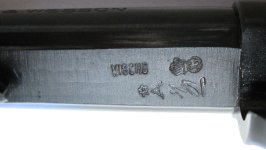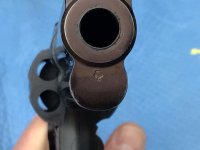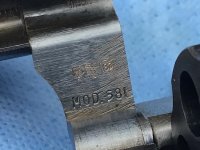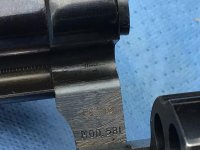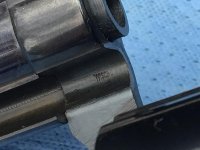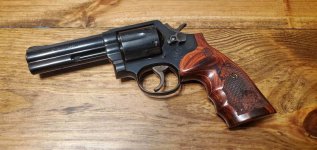1sg
Member
- Joined
- Feb 5, 2005
- Messages
- 634
- Reaction score
- 322
Friend of mine has S&W Model 581 with several European proof marks (Liege proof; Inspector and Date Code). All marks are well crafted, small and located unobtrusively on the underlug. Please note there are no import marks. This was acquired from a soldier who was stationed in Europe and presumably he brought it back into the states. The revolver is in wonderful condition with no noticeable bluing loss. So I’m wondering what, if any impact these proof marks have on value / desirability. Thoughts? Thanks…
Last edited:

